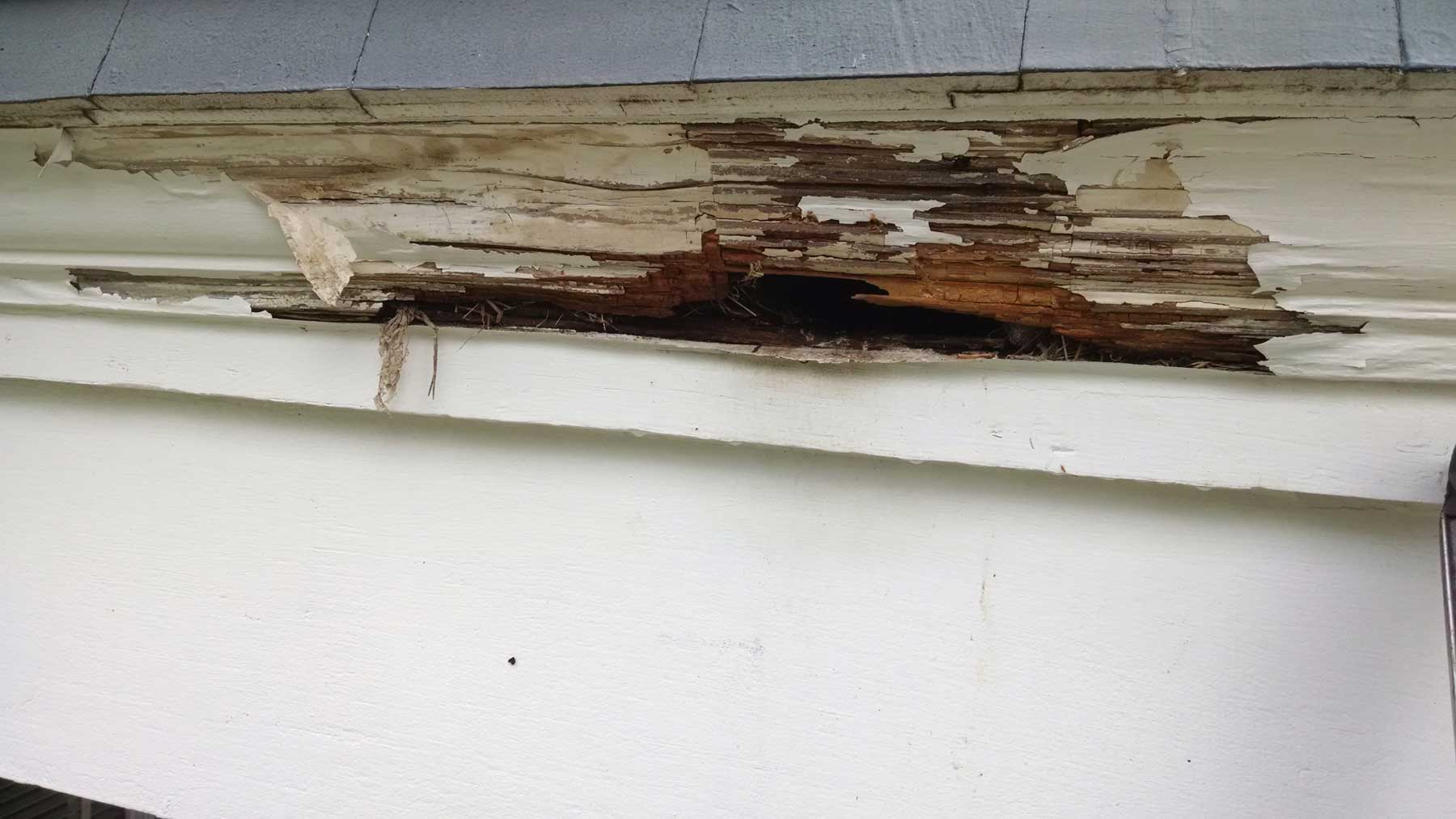For two years, we’ve lived in our Victorian with her sharp angles, steeply pitched roof, and openings so small that only a tiny house sparrow could fly in. In each of those years, we’ve had had to hire an animal management company to remove those birds that set up a nest within the nooks and crannies of ours.

Lucca Fariello, a field supervisor from Got Wildlife?, a wildlife management company in the New York tri-state area, tells me we have house sparrows. They, along with pigeons and starlings, are the only birds not protected by the Migratory Bird Act of 1918. This is because all three are non-native, non-migratory species. That also means that we can remove the nest and clean the area at anytime. Lucca likes to wait until the babies are ready to leave the nest, which we like. A migratory bird is an important and much needed participant in various ecosystems and therefore their nests can not be touched at all.
To be clear, we are not relocating the nests, we are using exclusion methods to permanently prevent the birds from accessing the area. This will force them to rebuild their nest in the same area – where they already know food and water sources. 50% of animals that are trapped and relocated die because they are unfamiliar with the area in which they are transferred to.



Once the nest is removed, the area will be sanitized with Sterifab, a solution that is kills viruses, fungus, mold, bacteria. In this case, it also kills bird mites. With no host birds left, they will seek other hosts within the house. Yikes!
Next, the access point is covered with a plastic cone that allows any remaining birds to fly out of the area, but not back in.



It’s not only birds – they see bats, snakes, raccoons, squirrels, and perhaps the cutest of them all, flying squirrels.
Is wildlife damage preventable? Yes. For instance, during the inspection portion of the home buying process, an animal management specialist can inspect for signs of inhabitation, such as droppings and nesting materials like mud and twigs. This will cost you about $150. An inspector will also identify possible points of future entry and remedy those before they become a problem. There are rodent-proofing methods that are widely known, but not widely practiced, particularly in residential construction. Some countries, such as Germany, is making an effort to implement these practices. Afterall, rodents can cause significant damage to a structure.
Birds are generational, meaning they come back to the same place every year to lay their eggs. “They aren’t like us, they don’t understand eviction”, says Lucca. I guess we’ll most likely see them again next year – and Lucca too. More than likely there are nooks, crannies, and rafters yet to be discovered and made into a comfy birdhouse.
